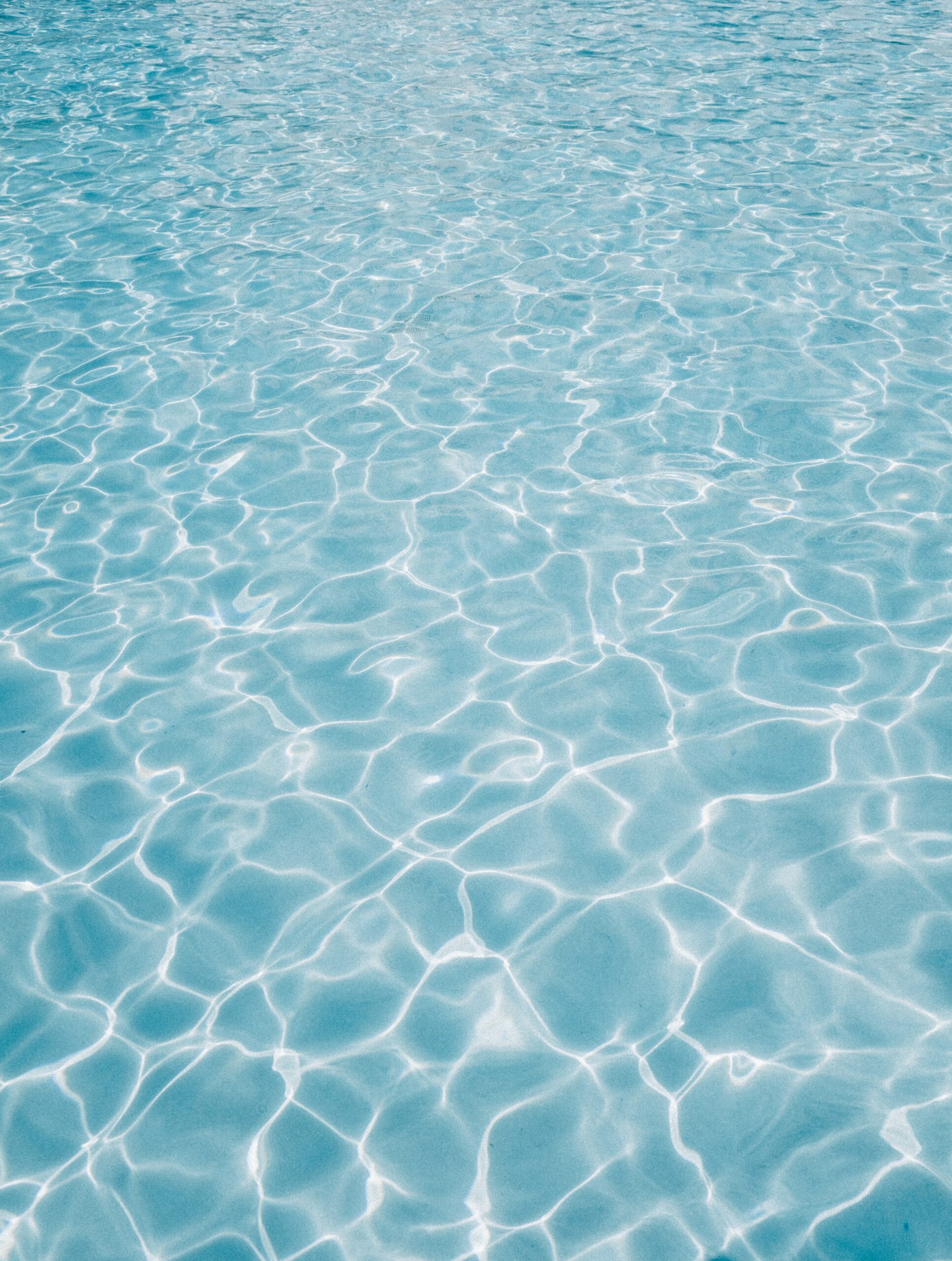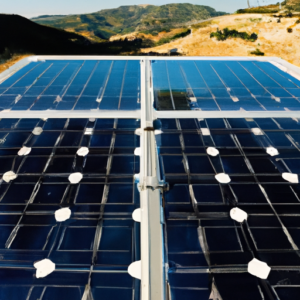Are you looking for ways to conserve water while maintaining a lush and vibrant garden? With the increasing importance of sustainability, reducing water usage in gardening has become a vital aspect for many garden enthusiasts. Fortunately, there are several simple yet effective techniques you can incorporate into your gardening routine to minimize water consumption without compromising the health and beauty of your plants. From strategic watering methods to utilizing water-saving tools, this article will provide you with practical tips and advice to answer the question, “How can I use less water in my garden?” helping you to contribute to a more eco-friendly and sustainable environment.
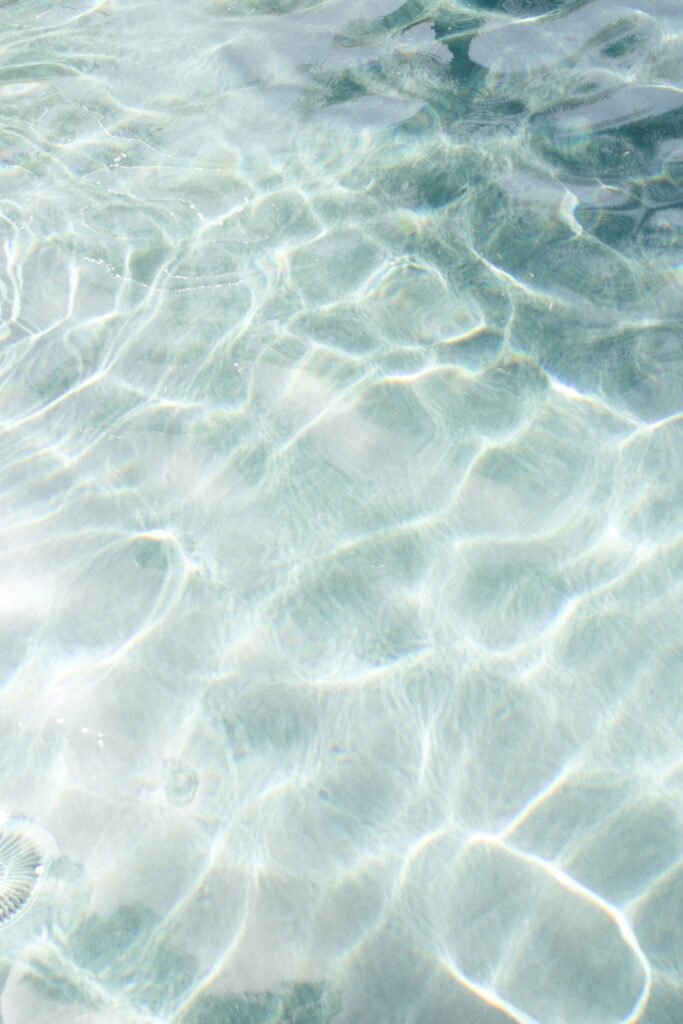
Check Out Our Top Eco Friendly Product Picks On Amazon Here
How Can I Use Less Water In My Garden: Choosing Water-Efficient Plants
Selecting Native Plants
When it comes to conserving water in your garden, one of the first steps you can take is to choose water-efficient plants. Native plants are particularly well-suited for this purpose. Native plants have adapted to the local climate and are accustomed to the amount of rainfall in your area, making them naturally water-wise choices. These plants are more likely to thrive without excessive watering, as they have evolved to make the most of the available water sources. By planting native species, you can reduce the need for additional water and create a beautiful, environmentally friendly garden.
Choosing Drought-Tolerant Varieties
Another excellent option for water-efficient gardening is to select drought-tolerant plant varieties. These plants have been specifically bred or selected for their ability to survive with minimal water requirements. Drought-tolerant plants have evolved to be able to store water in their leaves, stems, or roots, allowing them to withstand dry periods without suffering from water stress. By incorporating these plants into your garden, you can significantly reduce your water consumption while still enjoying a vibrant and thriving landscape.
Opting for Xeriscaping Designs
If you’re looking to take water efficiency to the next level, consider implementing xeriscaping designs in your garden. Xeriscaping is a landscaping technique that focuses on creating water-wise and low-maintenance gardens. It involves carefully selecting plants that can thrive in dry conditions, using efficient irrigation systems, and maximizing the use of mulch to conserve moisture in the soil. Xeriscaping not only helps to reduce water consumption but also minimizes the need for excessive maintenance, making it an excellent choice for busy gardeners who want to conserve water without sacrificing the beauty of their landscape.
Improving Watering Techniques
Watering Early in the Day
One simple yet effective technique for water conservation in your garden is to adjust your watering schedule. By watering early in the day, you can take advantage of cooler temperatures and lower wind speeds, allowing water to efficiently penetrate the soil and reach the plant roots. Watering in the early morning also helps to minimize evaporation, ensuring that the plants receive the maximum benefit from the water applied. By making this small change to your routine, you can optimize your watering efforts and reduce water waste.
Using Soaker Hoses or Drip Irrigation Systems
Traditional sprinklers can be quite wasteful, as they tend to spray water over large areas, including non-plant surfaces. To minimize water loss and precisely target the areas that need moisture, consider using soaker hoses or drip irrigation systems. Soaker hoses are porous hoses that release water directly into the soil near the plant roots, delivering moisture precisely where it’s needed with minimal evaporation. Drip irrigation systems utilize emitters that release water slowly and steadily to provide plants with a consistent supply of water. By using these water-efficient irrigation methods, you can ensure that your plants receive adequate moisture while minimizing water waste.
Mulching the Garden
Mulching is an essential technique for promoting water conservation in your garden. By applying a layer of organic or inorganic material, such as wood chips, straw, or gravel, you can minimize moisture loss from the soil. Mulch helps to prevent evaporation and regulate soil temperature, creating a more favorable environment for plant growth. Additionally, mulch acts as a natural weed barrier, reducing competition for water and nutrients. By mulching your garden beds, you can help retain soil moisture, decrease the need for frequent watering, and conserve water in the process.
Implementing Smart Irrigation Strategies
Installing a Smart Irrigation Controller
When it comes to water conservation in your garden, technology can be your best friend. Installing a smart irrigation controller is a smart and efficient way to manage your watering schedule. These controllers use real-time weather data to adjust watering times and durations based on the specific needs of your landscape. By incorporating factors such as rainfall, humidity, and temperature, smart irrigation controllers can optimize your watering efforts and eliminate unnecessary water waste. With features like remote access and automatic adjustments, these controllers make water conservation a breeze while keeping your plants healthy and thriving.
Using Rainwater Harvesting Systems
Utilizing rainwater harvesting systems is a fantastic way to make the most of this precious natural resource. By collecting rainwater from rooftops, gutters, or other areas of your property, you can store it in barrels or cisterns for later use in your garden. Rainwater is free of chemical additives and is the perfect pH balance for plants, making it an ideal alternative to tap water. With the help of a simple filtration system, you can harvest rainwater and use it to irrigate your garden during dry spells, reducing your reliance on municipal water supplies and conserving water in the process.
Grouping Plants with Similar Water Needs
To further optimize your irrigation practices, consider grouping plants with similar water needs together in your garden. By creating hydrozones, or areas with similar water requirements, you can ensure that each plant receives the appropriate amount of water without waste. For example, grouping water-intensive plants in one zone and drought-tolerant plants in another allows you to adjust the watering frequency and duration accordingly. By delivering water only where it is needed, you can avoid overwatering and reduce unnecessary water consumption, leading to healthier plants and a more water-efficient garden.
Implementing Water-Saving Features
Installing Rain Barrels or Cisterns
Installing rain barrels or cisterns is not only a water-saving feature but also a sustainable way to manage water in your garden. These containers collect rainwater from your downspouts, allowing you to reuse it for watering your plants. By capturing and storing rainwater, you can reduce your reliance on municipal water sources and conserve water during periods of drought or water restrictions. Rain barrels and cisterns are available in various sizes and styles to suit your needs, and many come equipped with a spigot for convenient use. By incorporating rain barrels or cisterns into your garden, you can make a significant impact on water conservation while promoting sustainability.
Building a Rain Garden
A rain garden is an attractive and eco-friendly way to control water runoff and replenish groundwater reserves. By creating a shallow depression in your garden, you can capture and retain rainwater runoff from roofs, driveways, or other impermeable surfaces. Rain gardens are designed with well-draining soil and resilient plants that can tolerate both wet and dry conditions. As the rainwater slowly infiltrates the soil, it is naturally filtered and absorbed, preventing it from running off and becoming wasted water. By incorporating a rain garden into your landscape, you can mitigate water runoff, enhance biodiversity, and conserve water in a visually appealing manner.
Creating a Greywater Recycling System
Greywater recycling is a sustainable practice that involves reusing household wastewater for irrigation purposes. By repurposing water from sources such as sinks, showers, and washing machines, you can divert this water away from the sewage system and use it to water your garden. While blackwater from toilets should never be used for irrigation, greywater is typically free from harmful pathogens and can be safely used on non-edible plants. To implement a greywater recycling system, you will need to install a separate plumbing system or utilize a diversion device to direct the greywater to your garden. By recycling greywater, you can significantly reduce your reliance on fresh water and keep your garden flourishing with less water usage.
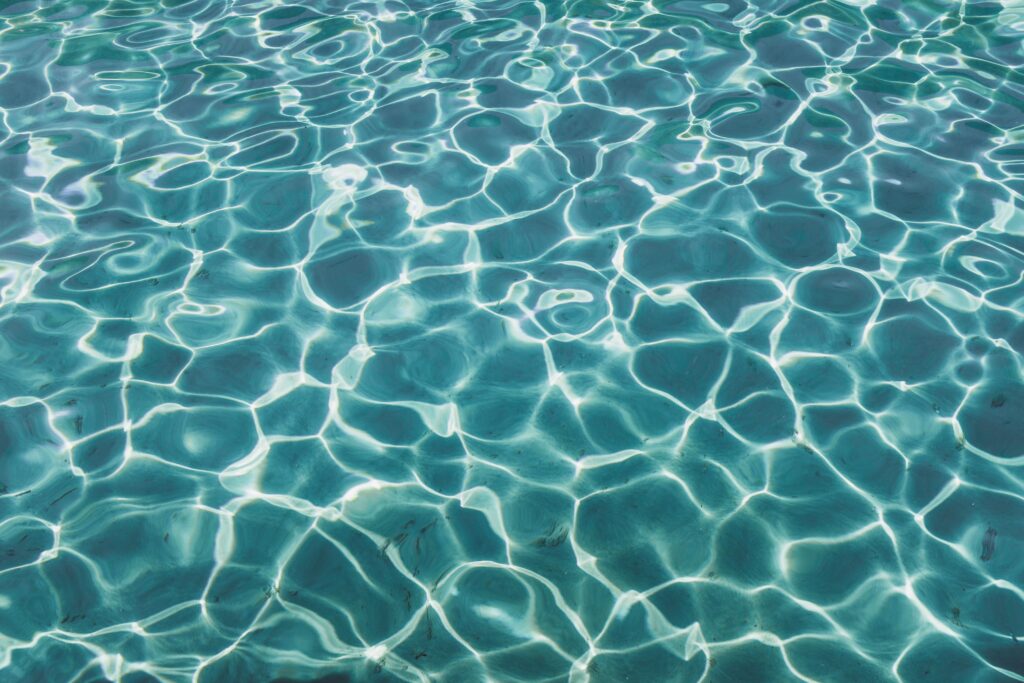
Reducing Water Loss and Waste
Inspecting Irrigation Systems for Leaks
Regularly inspecting your irrigation systems for leaks is a crucial step in water conservation. Even small leaks and faulty sprinkler heads can result in significant water loss over time. To check for leaks, turn on your irrigation system and visually inspect each component, including pipes, valves, and sprinkler heads. Look for any signs of water spraying or dripping where it shouldn’t be. Take note of any issues and promptly repair or replace faulty components to avoid wasting water. By regularly maintaining your irrigation system and addressing leaks promptly, you can ensure that your water usage is efficient and in line with your garden’s needs.
Avoiding Overwatering
One of the most common causes of water waste in gardens is overwatering. It’s important to remember that not all plants have the same water requirements, and watering them excessively can lead to root rot, shallow root growth, and overall poor plant health. To avoid overwatering, familiarize yourself with the specific water needs of the plants in your garden. Consider factors such as soil type, sun exposure, and weather conditions when determining the appropriate watering frequency and duration. A simple way to test if your plants need water is by inserting your finger into the soil; if it feels moist up to the first knuckle, it’s likely that your plants still have enough moisture and don’t require immediate watering. By providing your garden with just the right amount of water, you can promote healthy plant growth while conserving water.
Using Watering Aids or Watering Cans
Sometimes, the simplest solutions can make a big difference in water conservation. Instead of relying solely on sprinklers or hoses to water your garden, consider using watering aids or watering cans for more precise watering. Watering aids, such as wand attachments or hose nozzles with adjustable spray patterns, allow you to target specific areas and control the flow of water. Watering cans are another excellent alternative, especially for smaller gardens or potted plants. These methods allow you to deliver water directly to the base of the plants while minimizing water waste from runoff or evaporation. By using these tools, you can ensure efficient water distribution and reduce unnecessary water loss.
How Can I Use Less Water In My Garden: Managing Water Runoff
Designing Contour and Berms
When it comes to managing water runoff in your garden, design plays a crucial role. By creating contours and berms in your landscape, you can strategically redirect water and prevent erosion. Contours are gentle, undulating features that follow the natural slope of your land. They slow down the flow of water, giving it more time to infiltrate the soil. Berms, on the other hand, are raised areas of soil that act as barriers to redirect water. By incorporating these landscape features into your garden design, you can prevent water runoff, conserve moisture in the soil, and minimize erosion, all while enhancing the aesthetic appeal of your landscape.
Building Swales or Rain Gardens
Swales and rain gardens are effective techniques for managing water runoff and promoting water conservation. Swales are shallow ditches or channels designed to collect and distribute rainwater. By strategically positioning swales across your landscape, you can capture and store rainwater, allowing it to infiltrate the soil slowly. Rain gardens, on the other hand, are depressions planted with water-loving plants that can tolerate both wet and dry conditions. By creating these gardens in low-lying areas or areas prone to runoff, you can capture and filter rainwater, ensuring that it does not go to waste. Both swales and rain gardens are effective tools for managing water runoff while simultaneously adding beauty and biodiversity to your garden.
Directing Rain Gutters to Garden Beds
Redirecting rain gutters to garden beds is a simple yet effective strategy for reusing rainwater and minimizing water runoff. Rather than allowing rainwater to flow into storm drains, consider directing it to your garden beds. By attaching downspout extensions or diverters, you can ensure that the rainwater from your roof is directly channeled to your plants, reducing the need for additional watering. This method is particularly useful for garden beds located near the house or in areas that receive a significant amount of rainfall. By utilizing rain gutters as a water-saving feature, you can make the most of nature’s gift and conserve water in your garden.
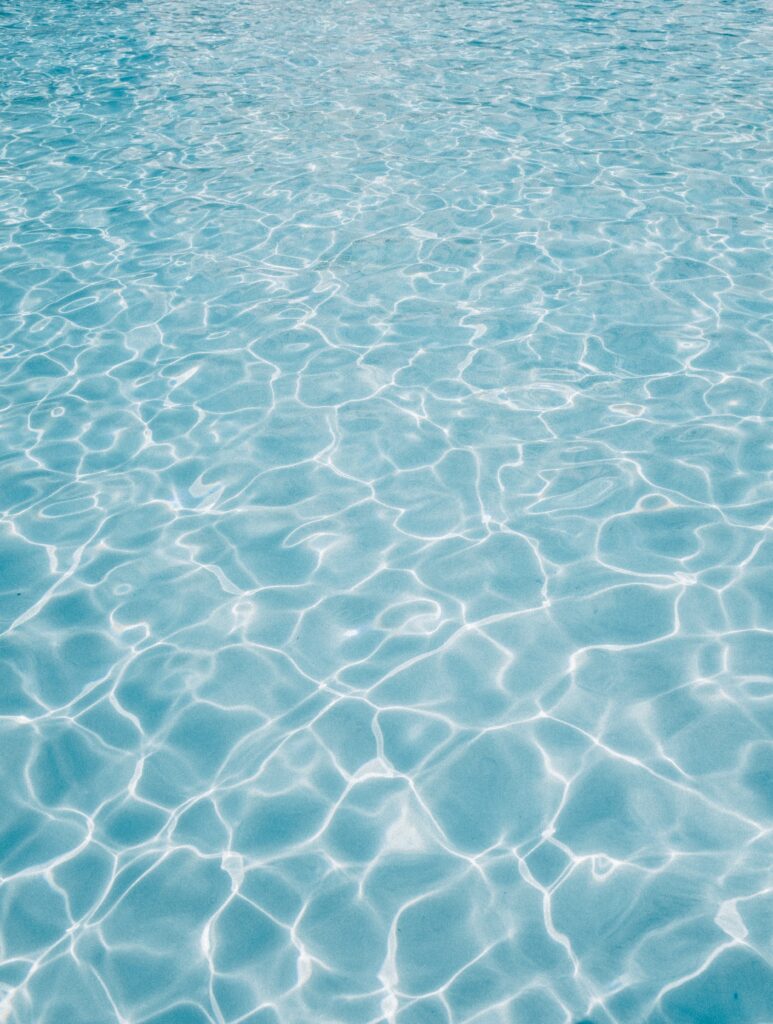
Implementing Water-Conserving Maintenance Practices
Regularly Inspecting and Adjusting Sprinklers
Maintaining your sprinkler system is a vital part of water conservation in your garden. Regularly inspecting and adjusting sprinklers helps to ensure that water is distributed evenly and efficiently. Check each sprinkler head to ensure that it is functioning correctly and spraying in the desired direction. If needed, make adjustments to the spray pattern or replace any clogged or damaged sprinkler heads. It is also crucial to periodically adjust your sprinkler system’s watering schedule to account for seasonal changes in temperature, rainfall, and plant needs. By properly maintaining and adjusting your sprinkler system, you can minimize water waste and promote healthy plant growth.
Practicing Proper Pruning Techniques
Proper pruning techniques not only keep your garden looking neat and well-maintained but also contribute to water conservation. Pruning allows you to remove dead or diseased branches, improve airflow, and promote healthy growth. By removing excess foliage, you can reduce the overall water demand of your plants. Pruning also helps to prevent overcrowding, which can lead to increased competition for water and nutrients. By practicing regular and proper pruning, you can optimize your water usage and ensure that each plant receives the necessary resources for healthy growth.
Removing Weeds and Grass Competitors
Another water-conserving maintenance practice is the removal of weeds and grass competitors from your garden. Weeds and grasses can quickly deplete soil moisture and compete with your other plants for water and nutrients. By regularly removing weeds and grasses, you can minimize their water consumption and ensure that your desirable plants receive the water they need to thrive. Consider using manual weed removal methods or organic weed control measures to avoid the use of harmful chemicals that can contaminate water sources. By keeping your garden free from unwanted plant competition, you can conserve water and create an optimal growing environment for your desired plants.
Employing Strategies for Dry Seasons
Implementing Watering Restrictions
During dry seasons or periods of water scarcity, implementing watering restrictions is an effective way to conserve water. Check with your local water municipality or relevant authorities to determine any watering restrictions or guidelines that may be in place. Common restrictions may include specific watering days, limited hours, or restrictions on the use of sprinklers. By adhering to these guidelines and adjusting your watering practices accordingly, you can do your part to conserve water and ensure its availability for essential needs. Implementing watering restrictions is a proactive approach to water conservation and demonstrates your commitment to responsible gardening practices.
Choosing Heat-Tolerant Plants
In regions with hot and dry climates, selecting heat-tolerant plants is essential for conserving water in your garden. Heat-tolerant plants are adapted to thrive in high-temperature environments with minimal water requirements. These plants typically have features such as succulent leaves or deep root systems that allow them to tolerate arid conditions. By incorporating heat-tolerant plants into your garden, you can minimize the need for excessive watering and still enjoy a beautiful and vibrant landscape. Consider researching specific varieties that are well-suited to your climate and incorporating them into your water-efficient garden.
Using Shade Structures or Mulch
To further reduce water consumption during hot and dry seasons, consider incorporating shade structures or mulch into your garden design. Shade structures, such as pergolas or trellises, can provide much-needed shade for plants, reducing water loss through evaporation. Shade also helps to lower soil temperatures, which reduces moisture loss from the soil surface. Furthermore, applying a layer of organic mulch around your plants helps to insulate the soil, reduce evaporation, and suppress weed growth. By using shade structures and mulch in your garden, you can create a cooler and more water-efficient environment, allowing your plants to thrive while conserving water.
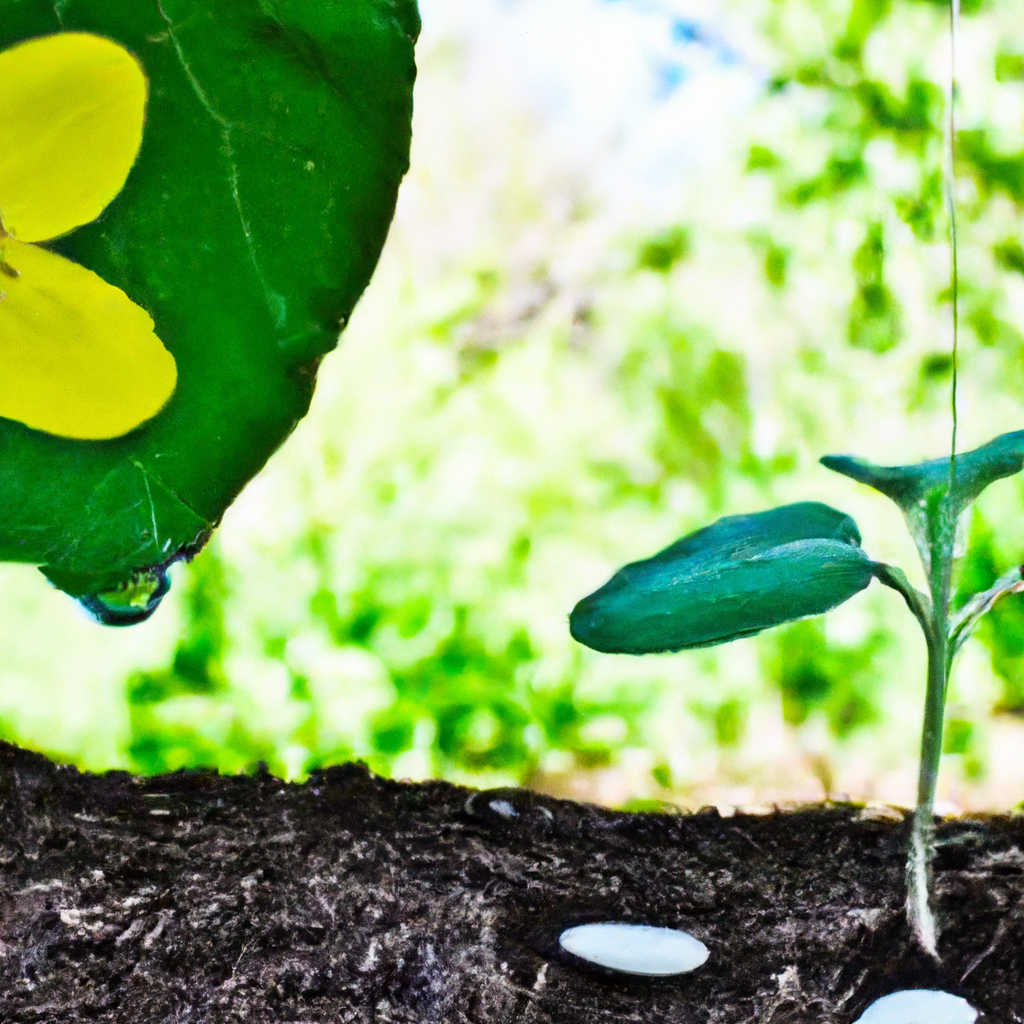
How Can I Use Less Water In My Garden: Utilizing Tools and Technology
Using Moisture Sensors or Soil Moisture Meters
Moisture sensors or soil moisture meters are valuable tools that can help you optimize your watering practices and conserve water. These devices measure the moisture content of the soil, providing real-time data that helps you determine when to water your plants. By using moisture sensors or meters, you can avoid overwatering or underwatering, as you will have a precise indication of the soil moisture level. This technology removes the guesswork from watering and allows you to make informed decisions based on the needs of your plants. By incorporating moisture sensors or soil moisture meters into your gardening routine, you can conserve water while ensuring that your plants receive the optimal amount of moisture for healthy growth.
Exploring Water-Saving Apps or Websites
In the digital age, there are numerous resources available to help you conserve water in your garden. Water-saving apps and websites provide valuable information, tips, and tools for optimizing your watering practices. These resources often include features such as weather data, plant databases, and customizable watering schedules. By utilizing water-saving apps or websites, you can stay informed about current weather conditions, plant water requirements, and efficient irrigation methods. These digital tools can be invaluable in guiding your water-saving efforts and ensuring that your garden receives the water it needs without waste.
Using Rain Sensors for Automatic Shut-Off
Rain sensors are intelligent devices that automatically shut off your irrigation system when it detects rainfall. These sensors are typically attached to your sprinkler system and, when activated by a sufficient amount of rain, temporarily interrupt the watering cycle. By using rain sensors, you can avoid unnecessary watering during or after rainfall, preventing water waste and conserving water. Rain sensors are an excellent addition to any garden irrigation system, providing peace of mind that your plants are only receiving the water they need while reducing your overall water consumption.
Educating Yourself and Others
Attending Gardening Workshops or Webinars
Continuing education is a fantastic way to expand your knowledge and discover new water-saving techniques for your garden. Consider attending gardening workshops or webinars that focus on water conservation practices. These events often include expert speakers, demonstrations, and hands-on activities to help you learn and understand various water-efficient gardening methods. By participating in these educational opportunities, you can gain valuable insights, ask questions, and exchange ideas with fellow gardeners who share your passion for water conservation. The knowledge and skills you acquire will empower you to make informed decisions, implement best practices, and inspire others to join the journey toward a more water-efficient future.
Sharing Water-Saving Tips with Neighbors
Water conservation is a collaborative effort, and sharing your knowledge and experiences with others can have a ripple effect in your community. Engage in conversations with your neighbors or fellow gardeners about water-saving tips and techniques. By sharing your successes, challenges, and the benefits of water-efficient gardening, you can inspire others to adopt similar practices in their own gardens. You can also consider organizing community events, workshops, or garden tours that specifically focus on water conservation. By fostering a sense of community and collective responsibility, you can create a supportive network that encourages everyone to do their part in conserving water and creating sustainable gardens.
Teaching Children about Water Conservation
Educating future generations about water conservation is essential for building a sustainable future. Teach your children or the children in your community about the importance of water and how they can contribute to its conservation. Encourage them to get involved in gardening activities that promote water efficiency, such as planting drought-tolerant plants or installing rain barrels. By instilling a sense of responsibility and respect for water resources at an early age, you can empower children to become stewards of the environment. Engage them in meaningful discussions, hands-on projects, and interactive learning activities that highlight the value of water and the role they can play in conserving it.

